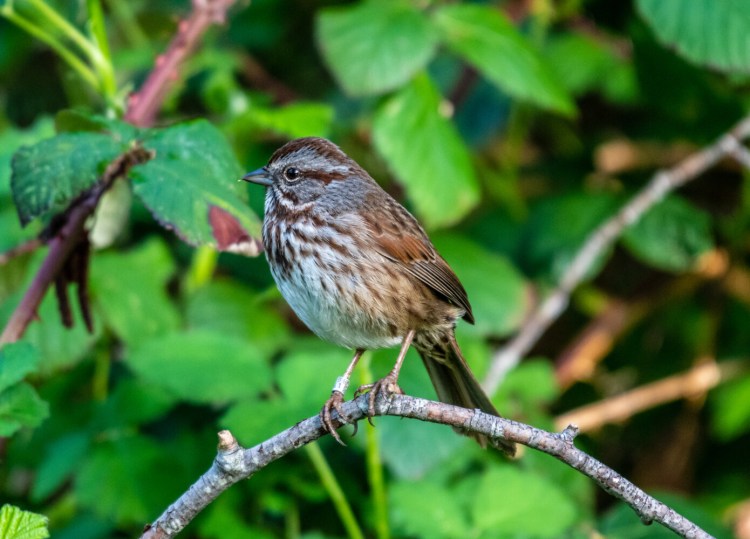Amateurs have made tremendous contributions to North American ornithology. I cannot think of any other branch of science in which nonprofessionals have contributed so substantially.
Surgeons in the Army Medical Corp stationed in the western states in the later part of the 19th century extended our then scanty knowledge of the western birds. Some of these men are commemorated in the common names of birds they studied: Heerman’s gull, Bendire’s thrasher and Coues’ flycatcher (now greater pewee).
Margaret Morse Nice moved to Ohio in 1927 when her husband accepted a professorship at Ohio State University. From 1929 until 1937, Margaret studied banded song sparrows on their farm. The detail of her observations and the time she devoted to the project were phenomenal. Her work provided great insight into territoriality, nest-site fidelity, behavioral interactions and song. Nice’s work was pivotal in moving ornithology from a shotgun-based approach to a binoculars-based approach.
Amateur observers have been essential for two of the most powerful census projects we have of North American birds. The National Audubon Christmas Bird Count, begun in 1900, relies primarily on amateur birders. The North American Breeding Bird Survey, begun in 1966, relies heavily on skilled amateurs as well. The BBS data clearly alerted us to the dramatic decline in neotropical migrant birds, like many of our warblers, vireos and flycatchers.
The development of the internet has facilitated sharing of bird observations. I have written of the value of eBird as a resource to examine changes in the geographic and temporal distribution of birds. eBird came online in 2002 and is indeed a treasure trove for ornithologists.
Although eBird allows observers to upload photographs and sound recordings to document sightings, most observers simply submit checklists. A cadre of knowledgeable birders keeps track of unusual sightings and may ask an observer for further detail. No birder is ever forced to remove a sighting, but an unconvincing sighting may be excluded from the data provided to researchers.
I want to conclude this column with discussion of another web-based resource for reporting sightings of any organism. It is called iNaturalist. This application is similar in approach to eBird, but with a social-networking component.
Here’s the way iNaturalist works. You set up a free account and then click the Add Observations button. You are then taken to a window where you can upload either a picture or a sound recording of your observation. You fill in the date of your observation an indicate on an interactive map where your observation was made.
Finally, you are asked to provide the species name of your observed organism. You might not be sure of the species, but iNaturalist can help you. It has an artificial intelligence feature that will suggest the species name, genus name or family based on your photograph. You pick the identification that seems correct to you and post it. Your photograph will now have a yellow flag with Needs ID written on it.
Other naturalists can look now at your photograph and either confirm your identification or suggest an alternative. Once two people agree on an identification (one can be you), your photo will show a green flag with Research Grade written on it. It can then be used as a record by other researchers.
The AI feature is pretty amazing. The program continues to learn as it processes more Research Grade images. I’ve found that bird, dragonfly and butterfly identifications are usually correct. I’ve had less success with herbaceous plants and marine invertebrates.
INaturalist will keep lists of all species you document. It’s straightforward and is a great learning tool. An app for your phone is available, so it is easy to take a picture with your phone and then post your geocoded picture to iNaturalist in a snap. This resource provides yet one more way that amateurs can contribute to field biology.
Herb Wilson is an emeritus professor of biology at Colby College where he taught ornithology and other biology courses. He welcomes reader comments and questions at
whwilson@colby.edu
Comments are not available on this story.
Send questions/comments to the editors.


